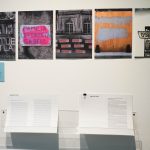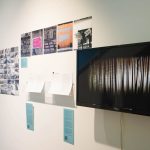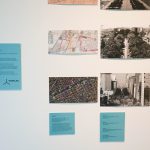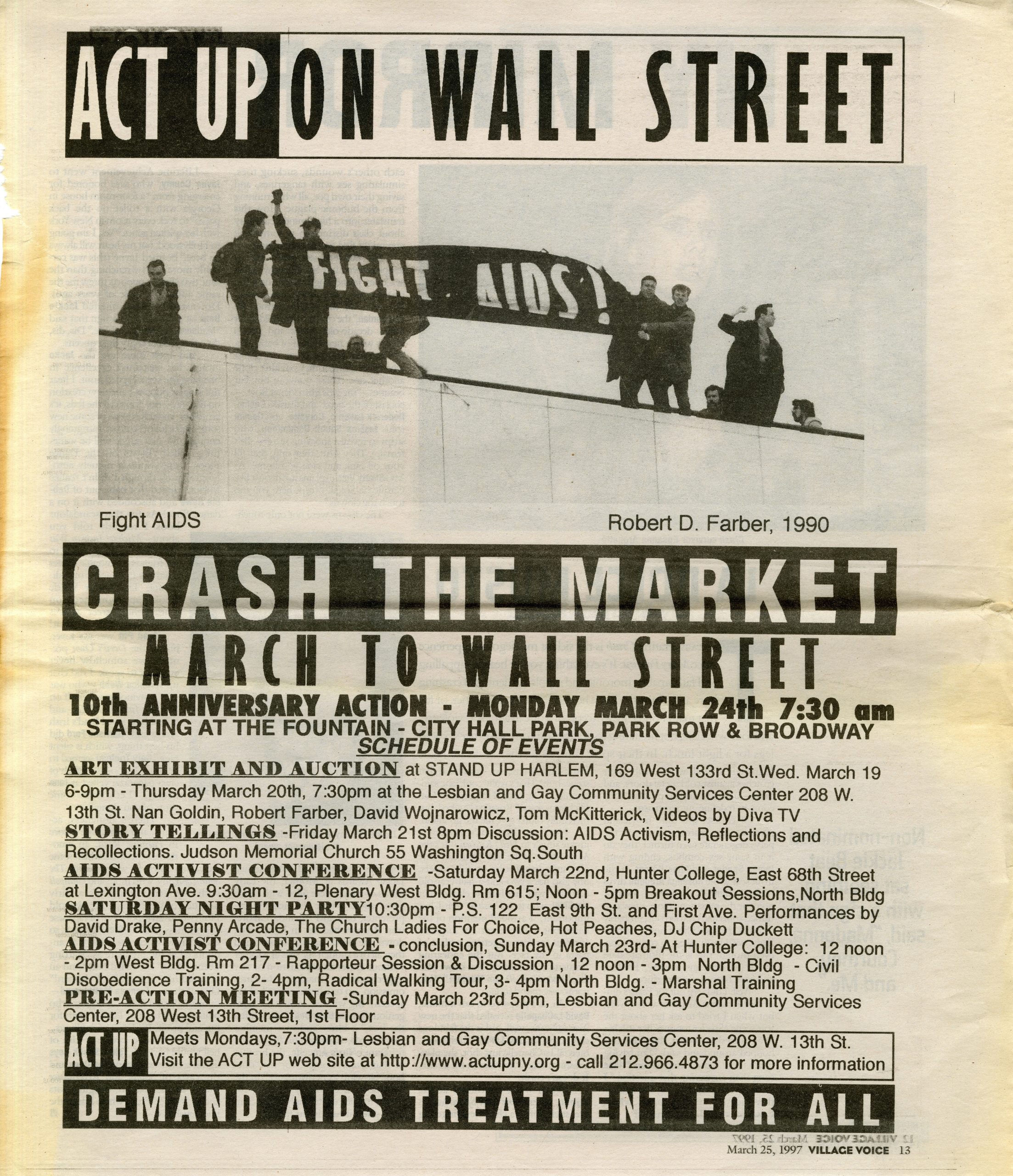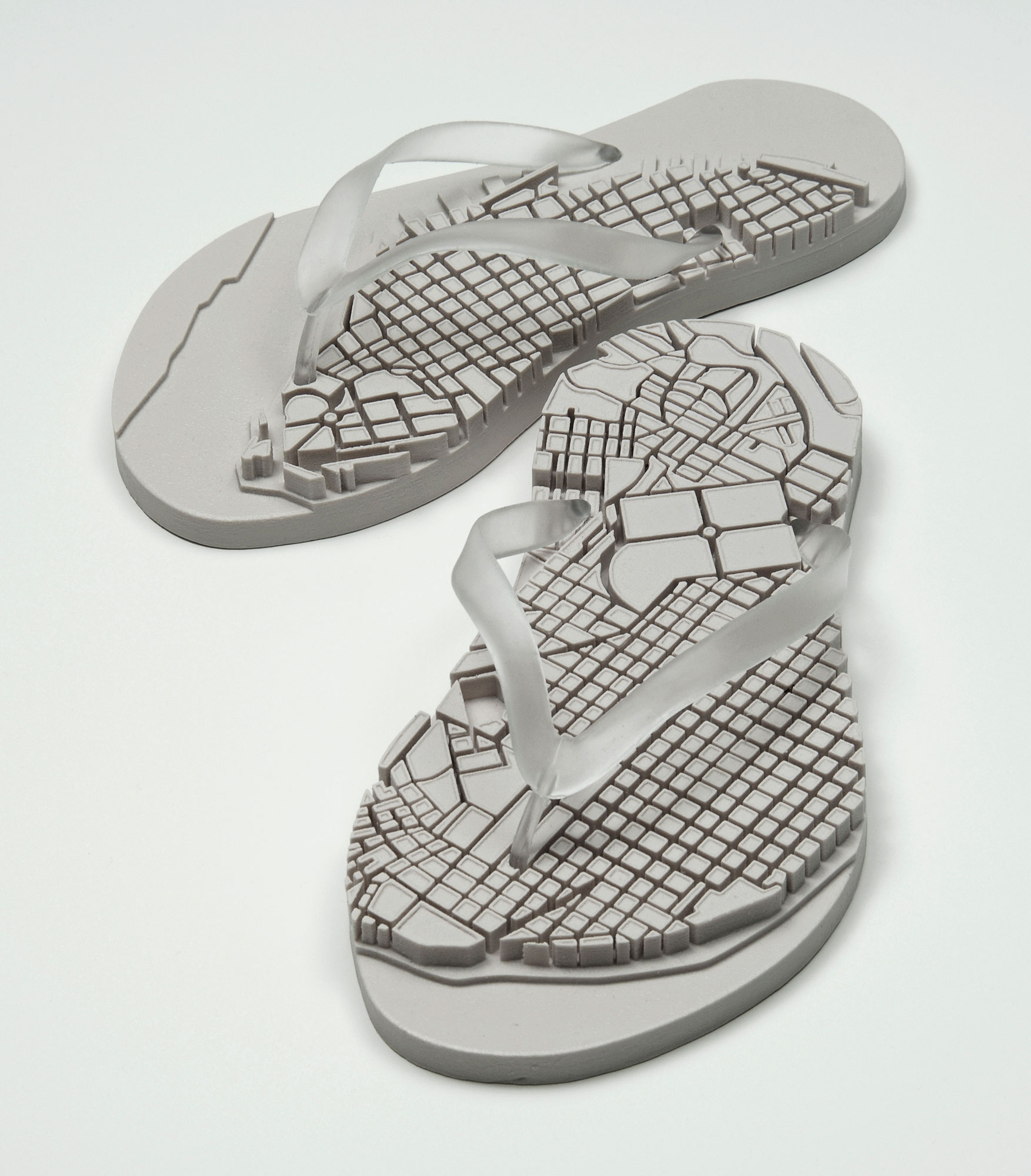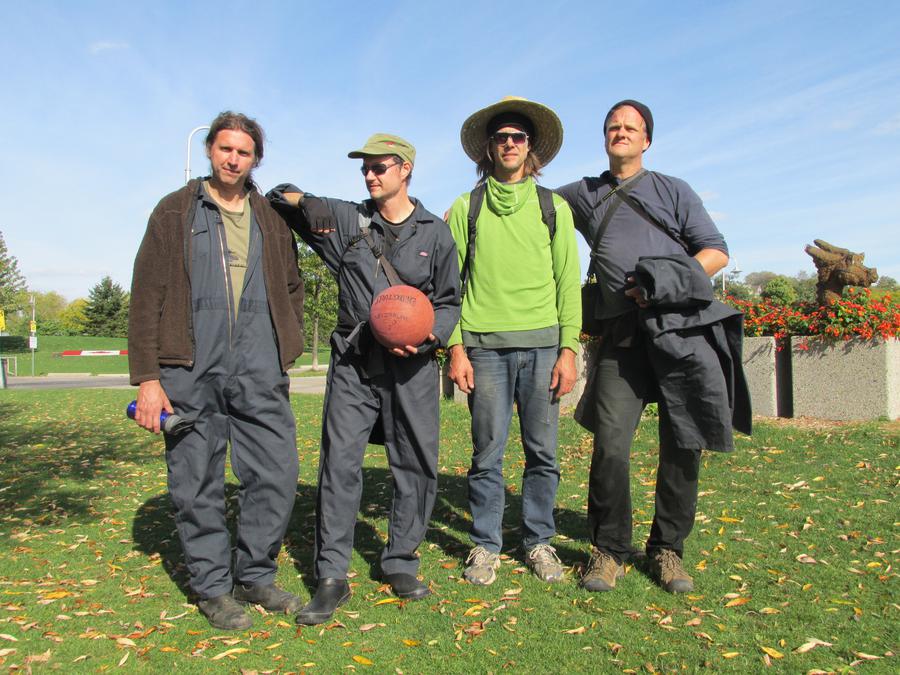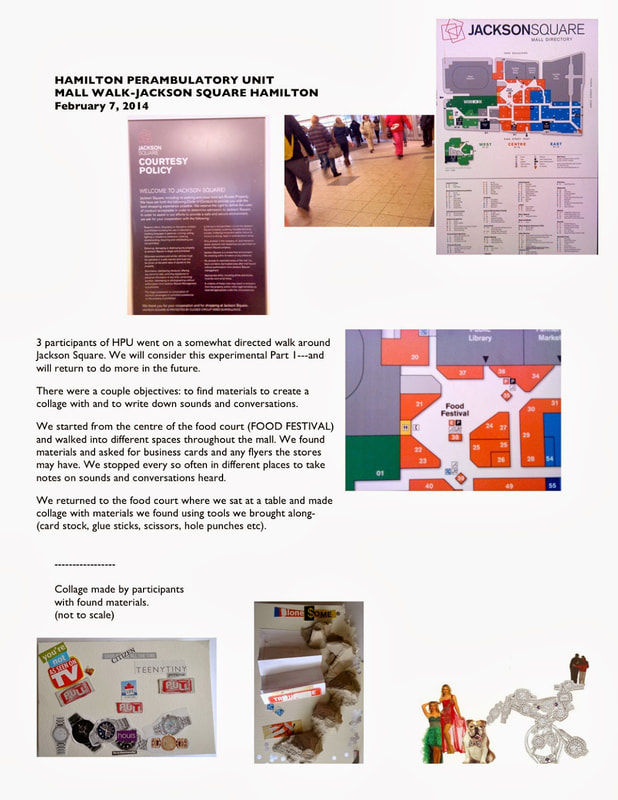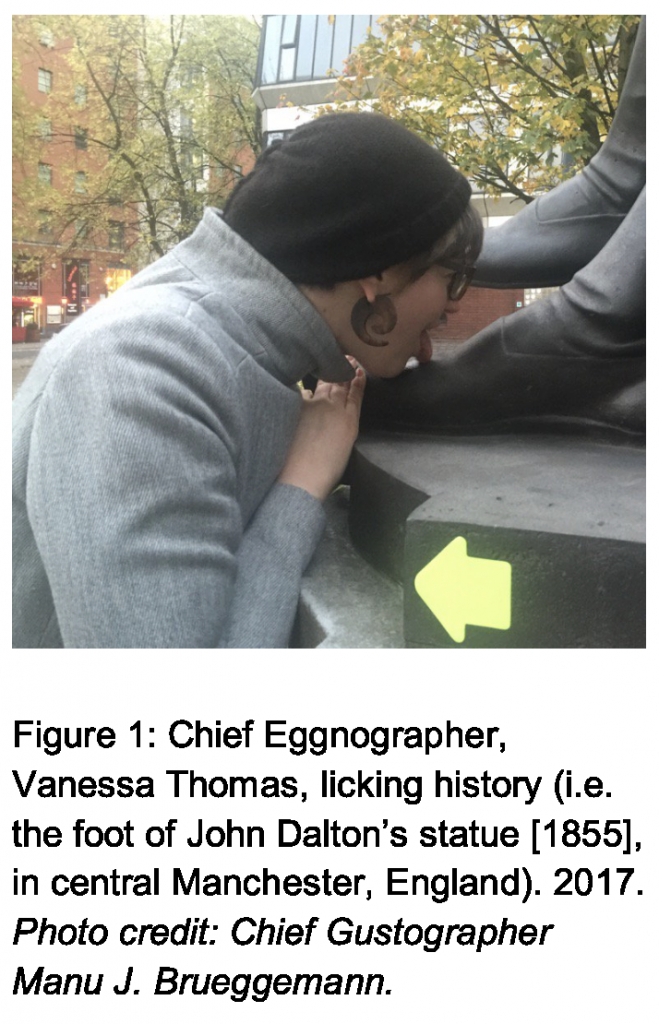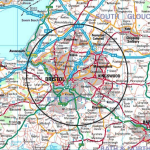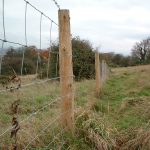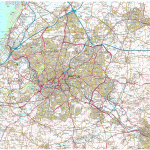“Stalker is a collective of artists and architects, founded in 1995 in Rome, Italy, focused on local research and activities, with particular attention to marginal areas, mainly urban voids and spaces in transformation. Their practice is based on urban explorations, listening and interactions that enact a creative flow within the investigated area, its people and their collective memory and imagination. These processes aim at generating social and environmental relationships capable of self-organizing themselves and evolving. The activities of Stalker promote sharing of knowledge, collaborations and awareness-raising inside different communities towards their territory and their cultural environment.” [credit]
The 1996 Stalker Manifesto (by Lorenzo Romito) is available at the end of Walkscapes: Walking as an Aesthetic Practice (2017). Stalker proposes the transurbance as a means of mapping the unique spatial and social conditions of the contemporary city.
Article about “EUR(H)OPE Charade,” Hidden Histories 2021, Roma
“Stalker is a collective of architects and researchers connected to the Roma Tre University who came together in the mid-1990s. In 2002, Stalker founded the research network Osservatorio Nomade (ON), which consists of architects, artists, activists and researchers working experimentally and engaging in actions to create self-organised spaces and situations.
Stalker have developed a specific methodology of urban research, using participative tools to construct a ‘collective imaginary’ for a place. In particular they have developed the method of collective walking to ‘actuate territories’, which for them is a process of bringing space into being. Stalker carry out their walks in the ‘indeterminate’ or void spaces of the city, which have long been disregarded or considered a problem in traditional architectural practice. Referring to their walking practice as ‘transurbance’, the group views it as a collective mode of expression and a tool for mapping the city and its transformations, of gathering stories, evoking memories and experiences, and immersing themselves with others in a place. They use this knowledge and experience to address urban planning and territorial issues, focusing especially on the interstices of the contemporary city-region. Starting with the edges of the Tiber river on the outskirts of Rome, Stalker have since used this method in many other cities including Milan, Paris, Berlin and Turin.” [credit]
“Since their early walks, Stalker/ON have developed an approach to architecture that is profoundly participatory. Using tactical and playful interventions, they aim at creating spatial transformations through engaging in social relations, because as they have observed, the built environment takes too long to respond to the needs and desires of those who inhabit it. Places on the periphery and communities that are marginal take centre stage in Stalker/ON’s projects, working with amongst others the Roma and gypsy populations of Europe, Kurdish migrants and the homeless. Their projects show a commitment to those that society abandons and their method collectively tries to build projects with them. Through listening, making use of creative tools of mapping, walking, interventions and participation, Stalker/ON initiate processes of self-organisation that create convivial, social spaces.” [credit]
Other Work
- Francesco Careri, “Transborderline,” Architectural Design 71, no. 3 (2001): 87-91.
- —, Walkscapes: Walking as an Aestheic Practice (Barcelona: Gustavo Gili, 2003).
- Francesco Careri and Lorenzo Romito, “Stalker and the Big Game of Campo Boario,” in Architecture and Participation, ed. Peter Blundell Jones, Doina Petrescu, and Jeremy Till (Abingdon: Spon Press, 2007), 249-256.
- Peter Lang, “Stalker on Location,” in Loose Space, ed. Karen A. Franck and Quentin Stevens (New York: Routledge, 2001).
- Lorenzo Romito, “The Surreal Foil,” Architecural Design 71, no. 3 (2001): 20-23.
- “Stalker – Laboratorio d’arte urbana – Roma,” StalkerLab, www.stalkerlab.it.
Quotes
ON/Osservatorio Nomade is an interdisciplinary research project initiated and promoted by Stalker, which proposes ways of interventions based on spacial practices of exploration, listening, and ralation, activated through creative tools of interaction with the environment and the inhabitants and with the archives of memories. Such practice aims to catalize the development of self-organized evolutive processes, through the establishment of social and environmental relations. The interventions build up a sensible, complex and dynamic mapping of territories and communities, through an interdisciplinary approach, activating interest and easly accessible. Such operative practice is a unique tool for knowledge sharing and contributes to the dissemination and widening of communities conciusness towards their territory and cultural environment, able to draw effective feedbacks through creative participation in territorial and urban management.
– Stalker/ON website, http://www.osservatorionomade.net
Stalker’s fundamental thesis for their manifold interdisciplinary strategies is that architecture, as a solid mass, cannot “change as quickly as the community that lives within it”. That is why they are pursuing the route of participative work with the residents in order to initiate a process that will produce an adaptive understanding of architecture and urban planning – through a community that is interested in their buildings and in the opportunities for adapting them.
– Urban Drift, Talking Cities (2006), http://talkingcities.org/talkingcities/pages/180_en.html
The idea is to rediscover, in the metropolitan territory, a sense that springs from the experience of the present state of things with all its contradictions, from an unopinionated perspective, free of reassuring and at the same time frustrating historical or functional justifications.
– Francesco Careri, Walkscapes: Walking as an Aestheic Practice (Barcelona: Gustavo Gili, 2003); see also www.stalkerlab.it
Giulia Fiocca
Architect, independent researcher and activist on urban and social trasformation focusing on the marginal realities and communities, leftover spaces, informal urbanism and self-organised social and cultural practices. Based in Rome. Studies among Rome, Vienna and Barcelona (Master ‘Metropolis’ in Architecture and Urban Culture at UPC). Since 2006 part of Stalker/Osservatorio Nomade partecipating several projects: Campagnaromana (2006), Rieres//Rambles in Barcelona (2006), Campus Rom: learning from Roma people and back (Rome, Serbia and Macedonia) (2006-08). Since 2009 promoting with Lorenzo Romito Primaveraromana, a Common Design Project for Social Chance in Rome. Visiting professor at architecture faculty, Southern Illinois University, Carbondale (2010). Co-founder of Stalker Walking School (2012).
Lorenzo Romito
Independent researcher on urban changes, artist and activist.Architect (1997), prix de Rome, Academie de France, Villa Medici, Rome (2000-1). Co -founder of Stalker in 1995 (www.stalkerlab.org), Osservatorio Nomade in 2001 (www.osservatorionomade.net), Primaveraromana in 2009 (primaveraromana.wordpress.com). Stalker Walking School in 2012 (walkingoutofcontemporary.com). Under those firms the work has been exposed and published worldwide.
Teaching experiences, walks, seminars and workshops with several schools including T.U. Delft, I.U.A.V. Venezia, H.E.A.D. Geneve, Parsons, the New School of Design New York, H.F.G. Karlsruhe, E.T.H. Zurich, Roma Tre Univ.
Aldo Innocenzi
was born in 1964 in Rome, where he lives and works. In 1995 he was among the founders of Stalker / ON. His work is centered on the creation of situations, which may favor changes in the urban fabric. Through strategies of participatory planning, his work re-qualifies spaces, relations and political practice.
Among his works: Stalker attraverso i territori dell’attuale (Roma,1995), Ararat-Campo Boario (Roma, 1999-2002), Immaginare Corviale (Roma, 2004-2006), Savorengo ker(Roma, 2008-2009), Museo Relazionale (Genazzano, 2012).
Pia Livia Di Tardo
Designer for public communications, specializing in graphic arts and visual communications. Di Tardo has a Law degree, and a Master’s degree in Multimedia Design from IED in Rome. She is Coordinator for public communications and web design for the Strategic Plan for the Metropolis and Region of Bari, Puglia, Italy.
Visual-graphic and web designer for the Laboratory of Urban Art Stalker / ON Rome, collaborated with the Faculty of Architecture of Roma Tre, the University IUAV of Venice (Arts and Design) and in the Academy of Fine Arts in Rome and Frosinone.
